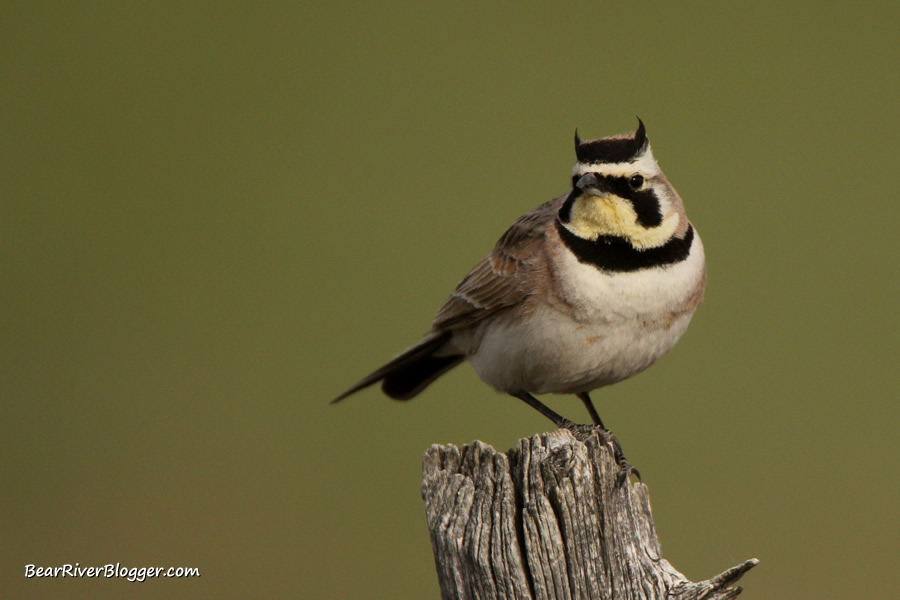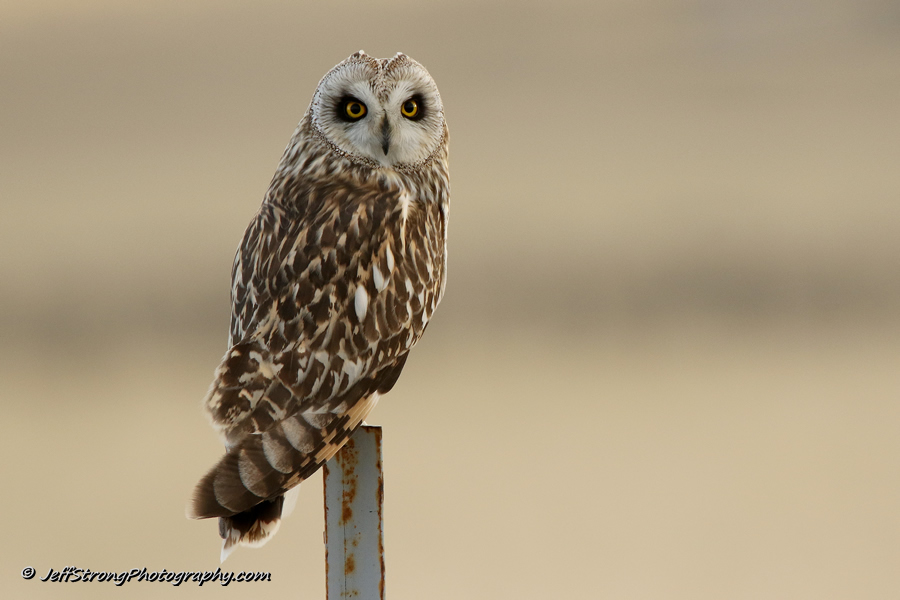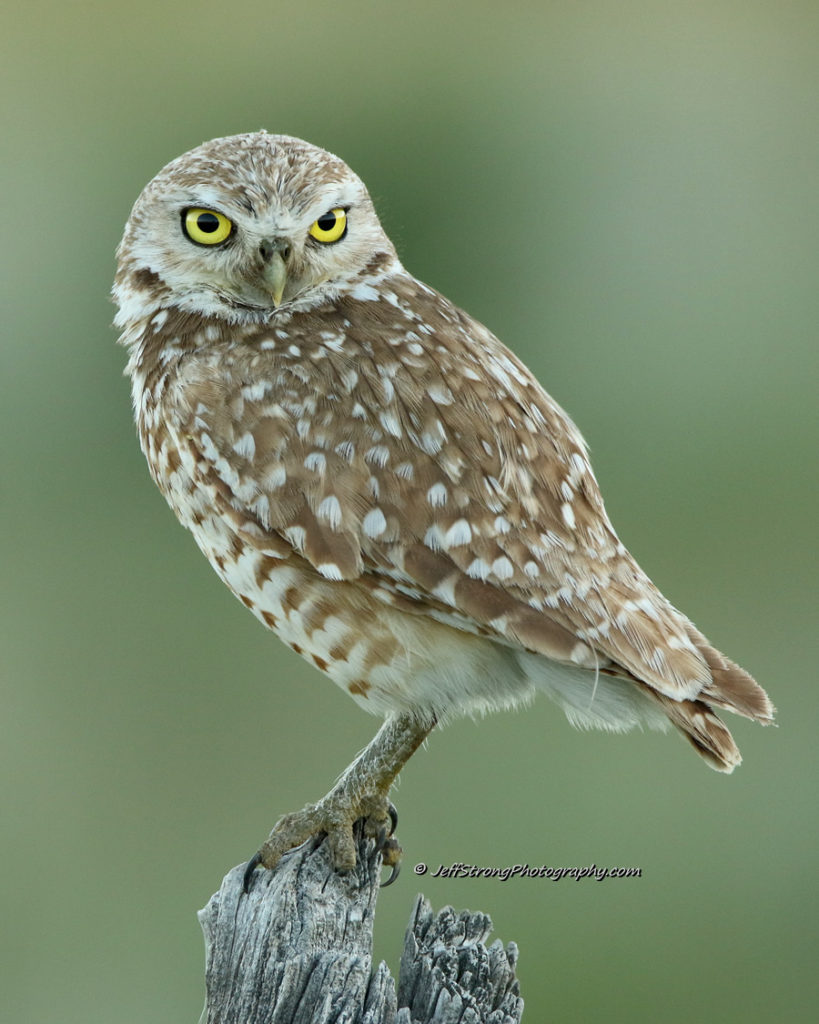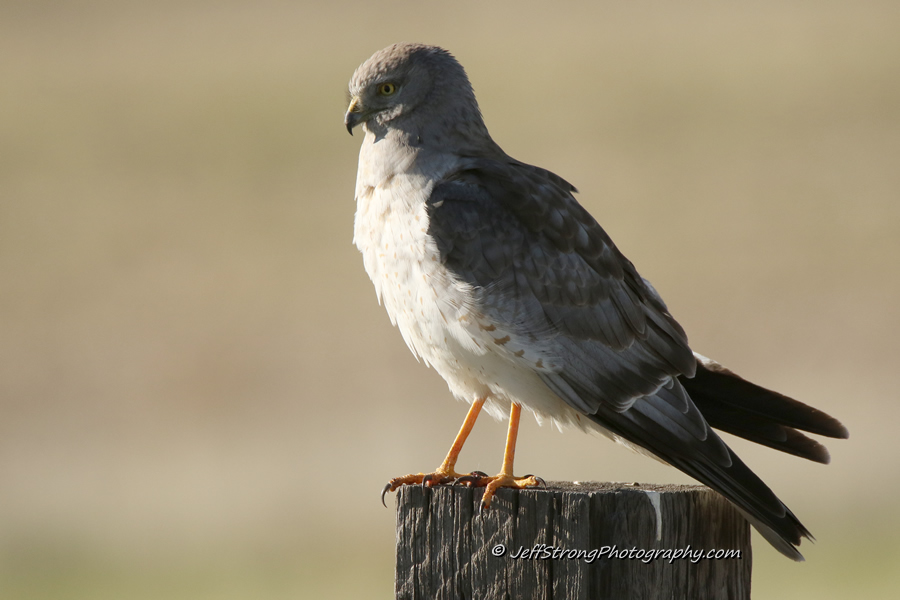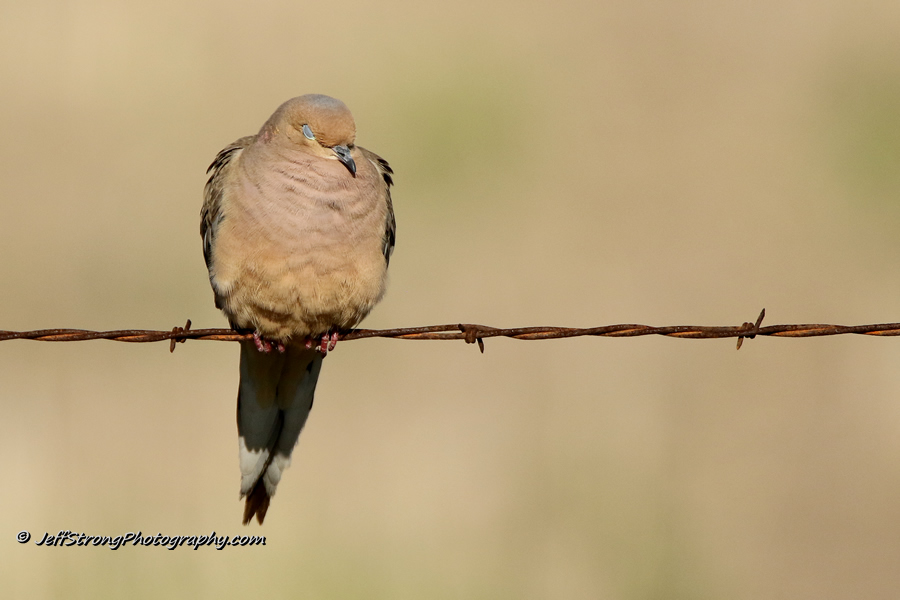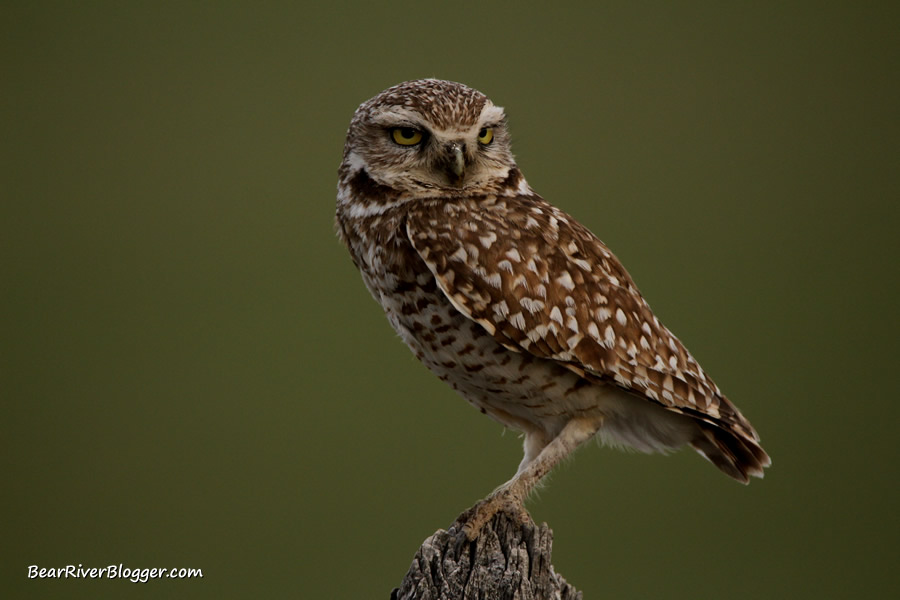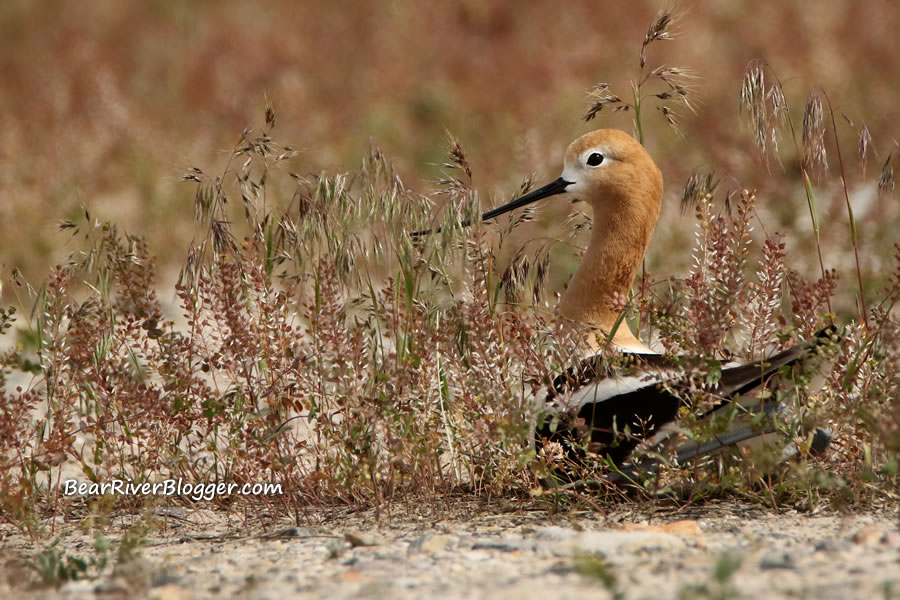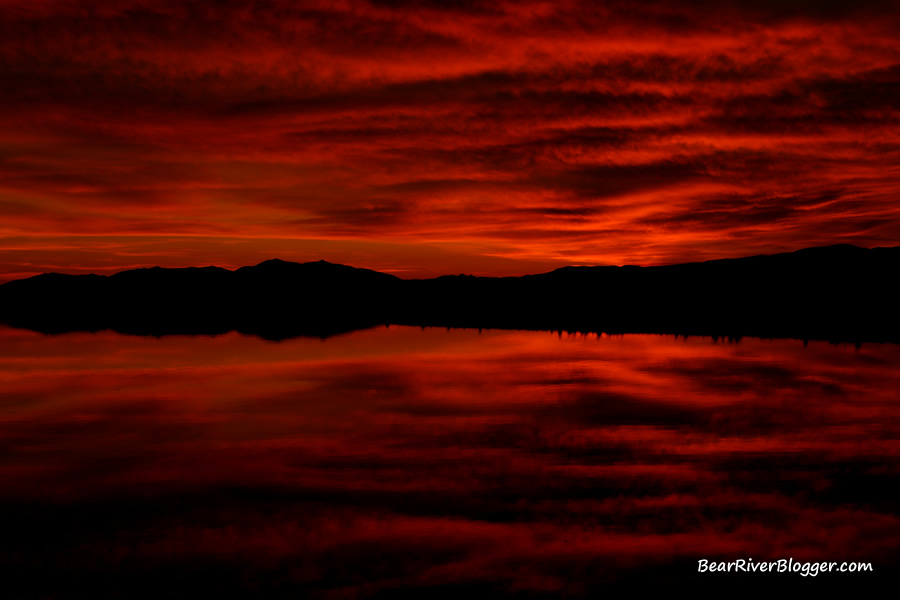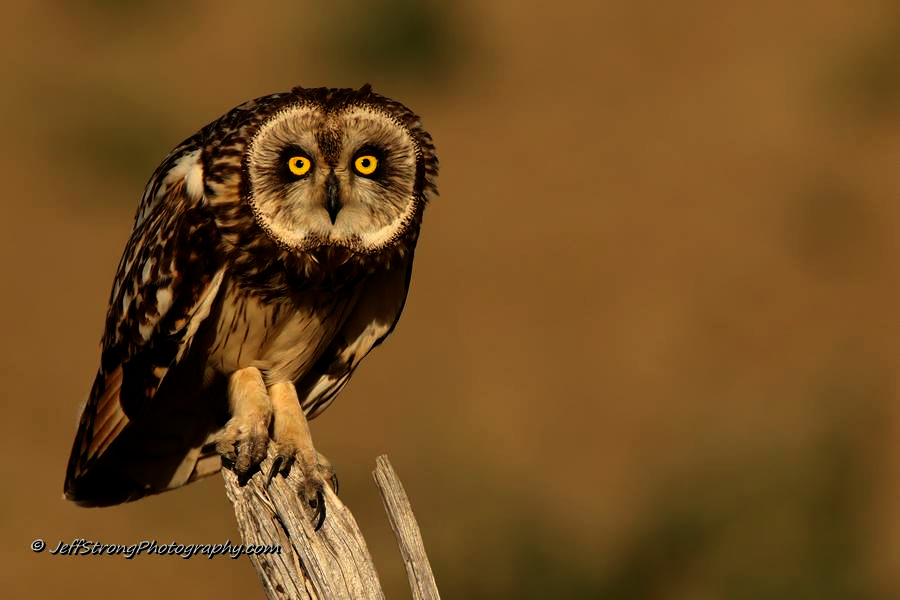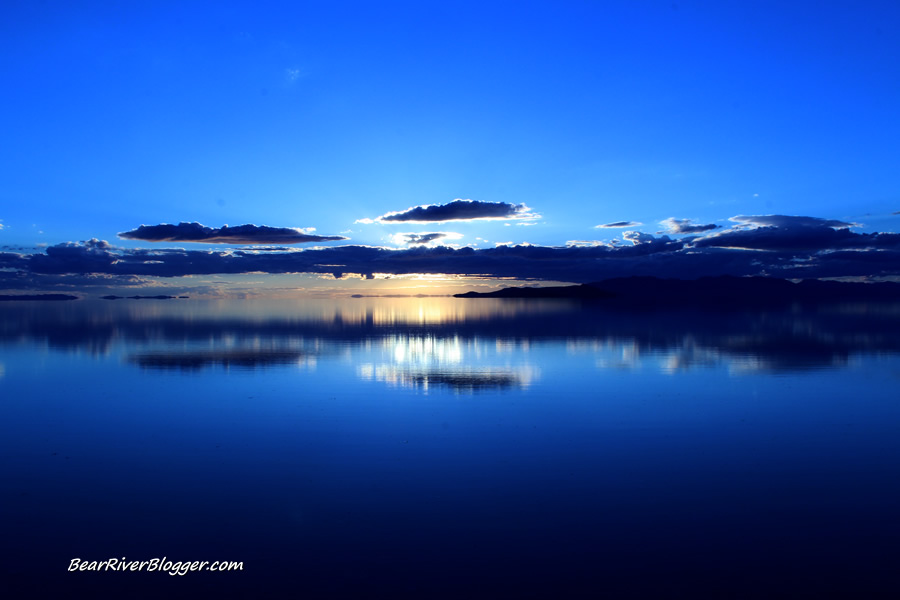With the onset of summer just around the corner, one particular bird I put a lot of time and effort into photographing this time of year is the burrowing owl.
In fact, just 2 days ago I was able to get my first photographs for the year of a burrowing owl sitting on a rustic old wooden fence post. One of them is actually the image at the top of this post.
It’s a scene I personally never get tired of searching for and photographing each and every summer. I don’t’ know, maybe it’s just the bird watcher in me but there is just something so rustic, so alluring about seeing an owl perched on an old worn wooden fence post.
The burrowing owl is one of the few owl species that are easily photographed because they can be seen a bit more readily during daylight hours, more so than most other owls, that is.
Burrowing owls are most active during dusk and dawn, which makes them great subjects to photograph in the warm, low-angled light prevalent during those times of the day.
Most other owls, including the great horned owl, which I get in my yard quite frequently, are commonly found during daylight hours but are not very active at all until it gets too dark for even the best of digital cameras to capture an image.

Finding Burrowing Owls
In order to photograph burrowing owls, you first need to find a burrowing owl. Makes sense, doesn’t it?
Burrowing owls, like all creatures in nature, have specific types of habitat and terrain they are accustomed to and prefer. Find these areas and you will most likely find burrowing owls.
I have written a more in-depth blog post about the burrowing owl in general, but suffice it to say, the best place in Utah to find and photograph burrowing owls is Promontory Mountain near the Golden Spike National Historical Park.

During summer, all around the park and the adjacent areas, you can find burrowing owls perched along the roadside, oftentimes on old, rustic fence posts as they scan the ground for voles, mice, grasshoppers, and other large insects to bring back the nest.
Utah does have several good locations where burrowing owls can be seen and photographed, including Antelope Island, Salt Creek WMA, and the Bear River Bird Refuge, but the Promontory Mountain range is by far the best location to consistently find and photograph burrowing owls.
Most of the owls I find there are perched on fence posts along the public roadway, making them easily photographed from a vehicle.
The Promontory Mountain range is a large, very remote area, and I have found burrowing owls over the entire region, but around the Golden Spike National Historic Park is where I find them the most consistently.
It’s a very rural area tucked away in far northern Utah, but an area that offers a great opportunity for owl photography, including both burrowing and short-eared owls.
In lieu of giving hard-to-follow directions, I am including a google maps location pinned with the general areas the burrowing owls can be found. All the places I find them are on public roads. Stay on public roads and never trespass onto private property.
Once in this general area, driving slowly up and down the roads while watching the fence posts and nearby vegetation for burrowing owls is the best way to find them.
Best Time Of Day For Burrowing Owls
The best time of day to find burrowing owls is during the last two hours of the day before sunset. This is when these quirky little owls typically get active and start hunting the fields and roadsides for prey.
During other parts of the day, I have found burrowing owls but mainly just perched on the ground, casually roosting near their burrow as they wait for nightfall.
It is the two hours just before sunset that burrowing owls make themselves readily available for photography as they start to hunt for food for their owlets, and this is when I focus my time and effort in search of them.
As an example, this past Saturday when I photographed my first burrowing owl of the season, I found it around 6:30 pm, about 2 hours before the sun was scheduled to set.
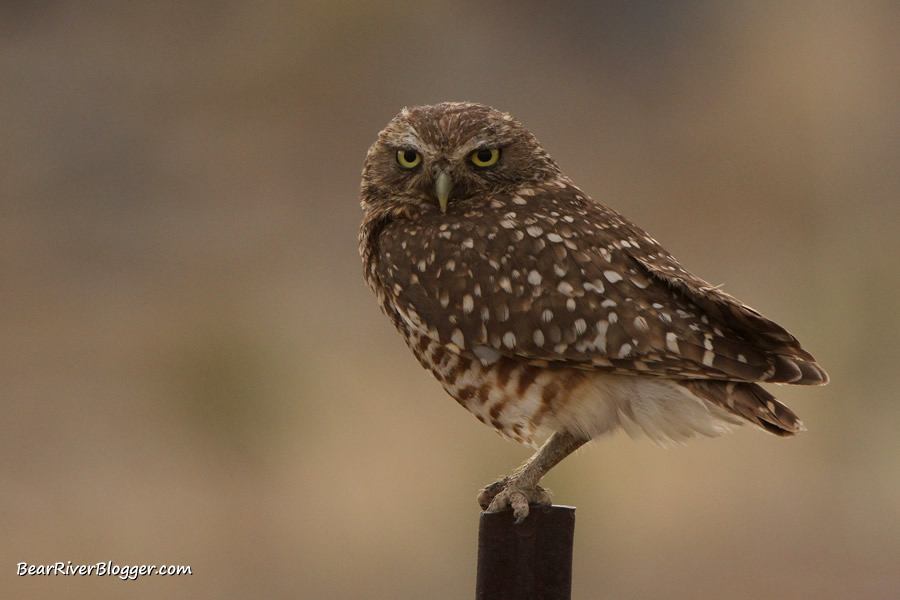
This is typical for me when searching for burrowing owls, I rarely find them on fence posts before then, so I always coordinate my efforts to where I am in burrowing owl country for the last 2 hours of the day.
I also seem to find more burrowing owls the closer it gets to nightfall, so I think they get more active with each passing moment heading towards sunset.
The downside is, however, the closer it gets to sunset, the less light you have to work with. So, as a result, it is usually a trade-off between more owls for less light it seems.
Other photographers I know tend to look for and find burrowing owls just after sunrise for an hour or two. So if you are an early riser, you might try the first couple hours of the day as well.
The advantage of photographing during the early morning hours is you are working with increasing light instead of diminishing light found in the evenings.
I have never been out looking for burrowing owls early in the morning so I am not certain if either time is better than the other. I just prefer photographing in the evenings, and I am not much of a morning person so for me, at least, evenings it is when photographing burrowing owls.
Camera Settings
Follow me for very long and you will find I have a particular style when photographing birds, especially birds on fence posts or other types of perches.
I love to blur the background as much as possible and whenever possible, especially when I can completely smooth the background to a nice even canvas.
Blurring the background is fairly easy, and I have written a complete blog post on the matter. But in a nutshell, try and photograph with a very large aperture to help smooth out the background.
Most of the time while photographing birds, I am using an aperture of f8 or larger, keeping in mind the smaller the f-stop number, the larger the aperture and the more light the lens will let in.
There are other factors that go into smoothing the background so I suggest checking out my blog post on creating a blurred background, but having a wide-open aperture is one of the techniques will that help you create a soft, smooth background which does make your subject stand out more.
Along with a wide aperture, set your camera to where you can get a fast shutter speed as well, especially if you want to stop wing motion.
When photographing birds, I try to keep my shutter speed at or above 1/2000th of a second whenever possible.
This past Saturday, unfortunately, was one of those dark and cloudy evenings where I just didn’t have the light to run my camera that fast without bumping up the ISO to 1600 or more.
I hate going over 800 ISO because of the camera noise that starts to show up in the images with too high of an ISO setting.

This is why I prefer to photograph in AV mode (aperture mode) where I can set the aperture and the camera sets the shutter speed accordingly.
When you have adequate light and a fixed ISO, AV mode forces the camera to run fast so I always get a fast shutter speed while going for a blurred background as well.
Opening up the aperture lets in more light and, in turn, helps soften the background. As noted before, the smaller the f-stop number means a larger aperture, resulting in a larger opening in the lens and more light to reach the camera sensor for any given shutter speed.
When light is in short supply, like it was two days ago, I end up letting my camera run slower and utilize a window rest to help with camera shake.
I open the aperture as wide as it will go and work on giving my camera a stable rest to photograph from, which means turning off the motor when I am using the window as a rest. Leaving your vehicle running with slow shutter speeds will definitely make your images soft and blurry.
One downside of having the aperture all the way open is the depth of field is quite shallow, so I suggest focusing on the owl’s head instead of anything else. Doing so you might notice the head will be sharp but sometimes parts of the tail or perch might be a bit soft.
That is due to such a very shallow depth of field, which comes from having the aperture so wide open, and why I always try to focus on the head of the bird whenever possible.
Just like portrait photography, if you’re going to use a shallow depth of field, the image will look correct if the subject’s face is in focus so always try and focus on the face and head of your subject.
Other Birds Of Interest To Photograph
Sometimes the burrowing owls are a bit hard to find on Promontory, as was the case Saturday when I only found two separate owls. But the area offers the flexible bird photographer other great subjects to capture on film when owls are in short supply.
Western meadowlarks, horned larks, Swainson hawks, and short-eared owls are also birds I routinely find on my burrowing owl excursions to the Golden Spike National Historical Park.
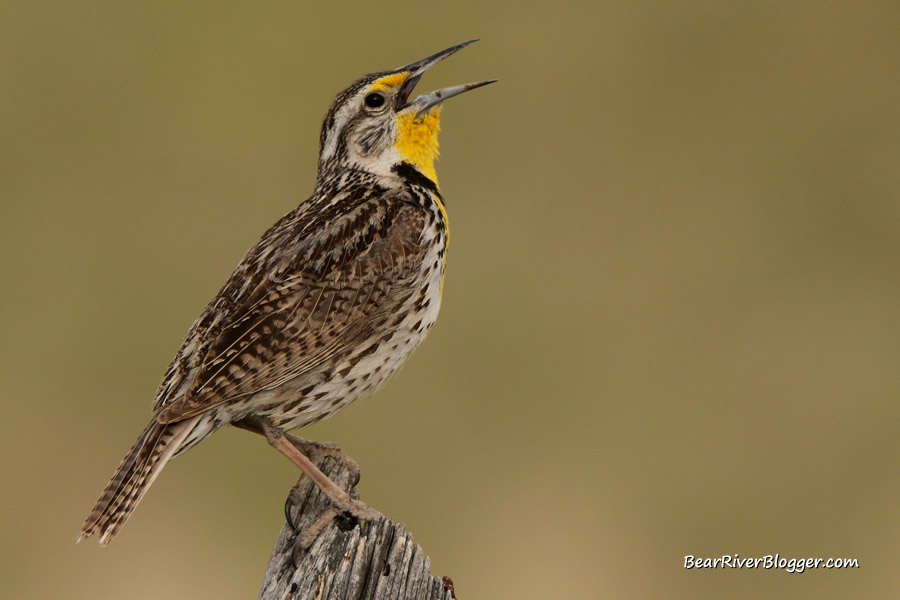
I have also found long-billed curlews, golden eagles, prairie falcons, migrating mountain bluebirds, and turkey vultures, just as a few examples of other birds that can be found on Promontory Mountain and vicinity.
I go mainly for burrowing and short-eared owls, but many times I come home with more than just owls in my camera.
Camera Gear
I am not a photographer that puts all his time and energy into camera gear. In fact, gear is the last thing I think about when I am photographing birds or, well, anything for that matter.
Gear hasn’t ever and never will replace the importance of understanding the fundamental concepts of photography, namely light and composition, but having decent gear does indeed make the task at hand a little easier.
I still use my Canon Rebel T4i while my Canon 7Dmkii oftentimes sits on the desk at home. Why you ask, do I do this? I still use my old Rebel camera from time to time just because the camera itself isn’t what makes a great image, the photographer is what makes or breaks a good photograph. A good camera only makes the job easier.
With that said, I do use a 600 mm lens much of the time for bird photography. It does help a lot when photographing birds on 2 levels, by both allowing to photograph birds at greater distances and also helping blur the background even more so than a smaller lens could do.
I use the Tamron 150-600mm for most of the images on my websites. It’s an inexpensive but very reliable lens for the money. I use the same lens on all of my cameras and get great results from all of them.
The images on this blog post were taken with the Tamron 150-600mm and most of them were used in conjunction with my old Canon Rebel T4i.
For more information about the Tamron 150-600mm lens, you can check out the specifications and reviews on Amazon.
(The Tamron 150-600mm lens is the lens we use to photograph birds and other forms of wildlife. As an Amazon Associate, I earn from qualifying purchases.)
Conclusion
All in all, I find the best place to see and photograph burrowing owls is the Promontory Mountain range. Owls here in northern Utah start showing up in mid-April and I have been seeing them on Antelope Island for several months now.
Try photographing burrowing owls with a large aperture and a fast shutter speed, one of at least 1/2000th of a second. It will help with stopping the motion in addition to blurring the background.
Burrowing owls are fascinating birds that make for great subjects for photography. They are fairly easy to find and just as easy to photograph.
Subscribe
If your a nature lover or outdoor photography buff like myself, I would offer you to subscribe to my blog to receive email notifications for future blog posts.
Feel free to also share this post with your photography and bird-watching friends as well. I truly appreciate your readership and support.
Photographs From Promontory Mountains And Vicinity
